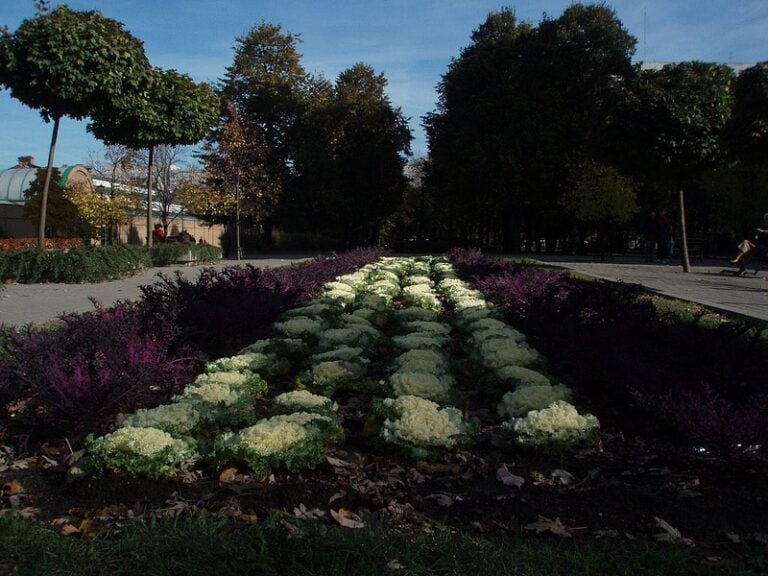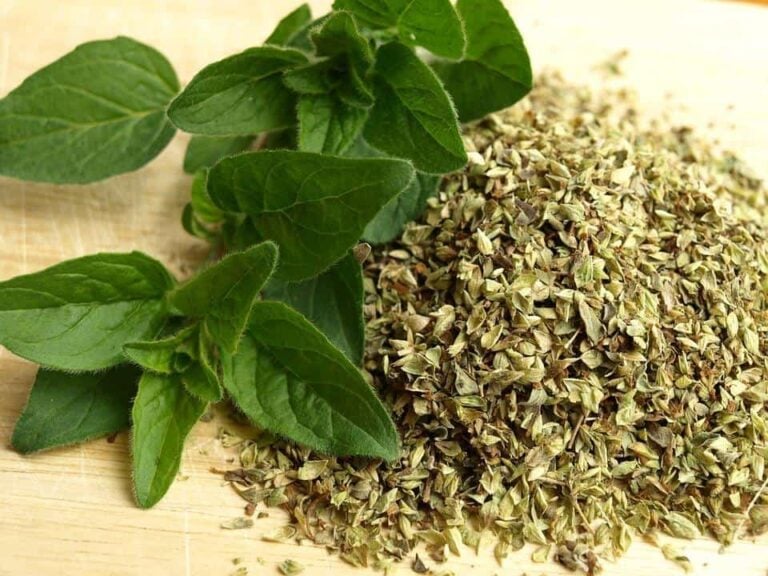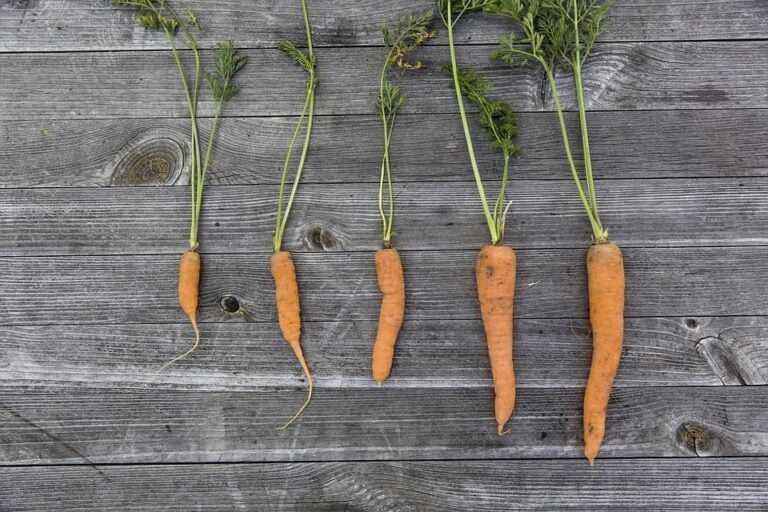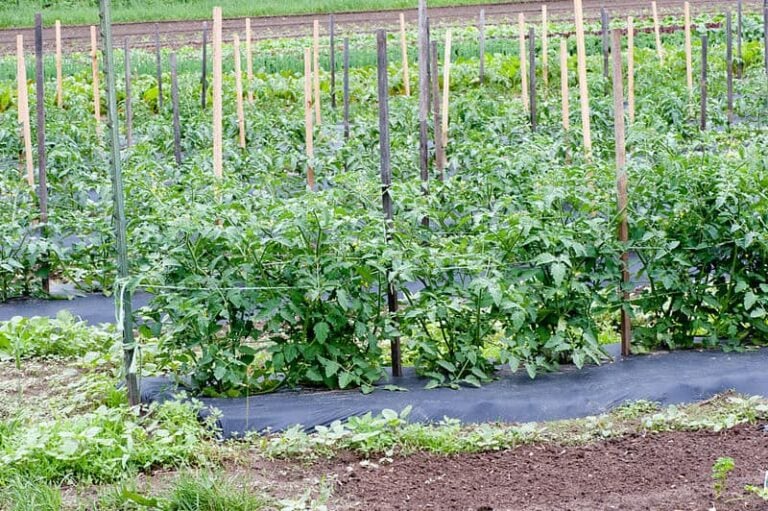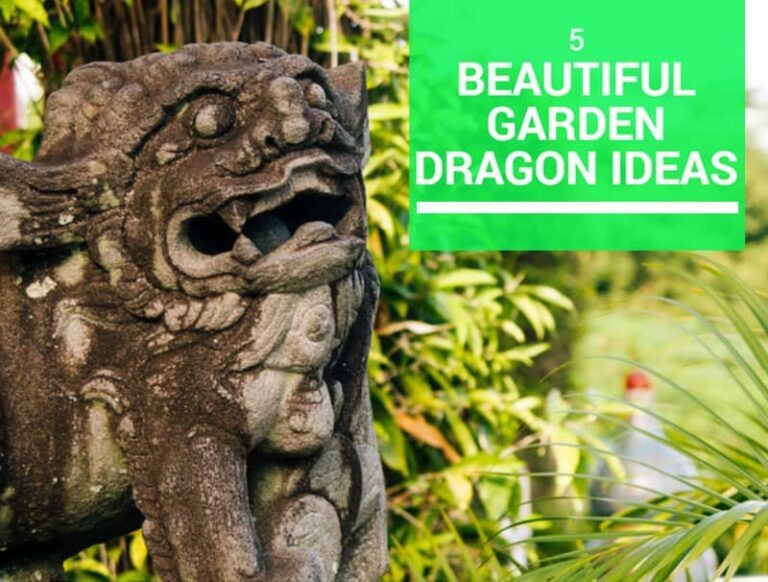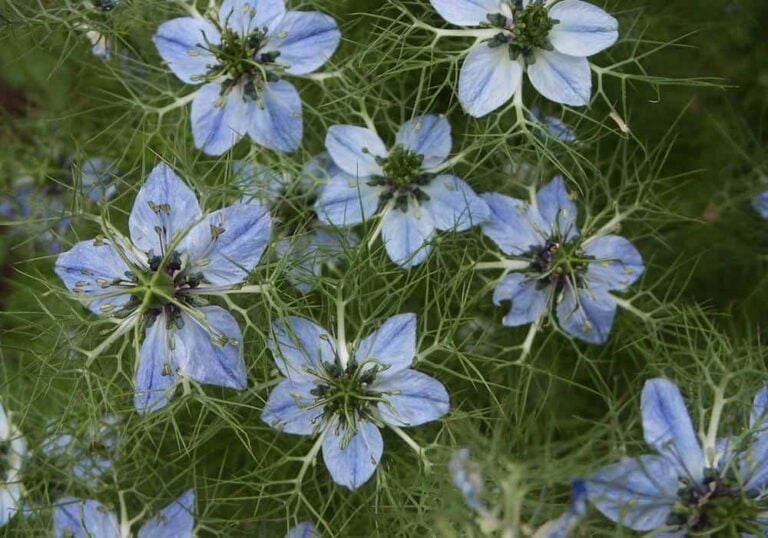Best Small Greenhouses (Ultimate Guide [year])
Our recommendation for the best small greenhouse is the Rion Grand Gardener 2 Clear Greenhouse, 8’ x 12’. Yet this unit merely scratches the surface as to what awaits the gardening hobbyist on the hunt for a small greenhouse. We’ve added a few other recommendations below, as well as a few handy tips on how to use your greenhouse to get the most out of it – not to mention the plants you’re planning on keeping within its frame.
Our Picks for the Best Small Greenhouses
[wptb id="8479" not found ]Why a Greenhouse?
If you’re new to the gardening game, or even if you’ve been involved with the practice of growing fruits, veggies, and plants for a while, you may have pondered the benefits or practicality of owning a greenhouse. Would buying one be a symbol of you being ready to take your gardening to the proverbial next level, or would it be something that looks cool?
The first step in answering this question is to realize that, despite its appearance, a greenhouse is not a luxury. Rather, it’s a serious gardening apparatus designed to allow people to indulge in gardening on a year-round basis. If you think of it as a status symbol first and gardening equipment second, it would behoove you to think twice.
For the rest of us, a greenhouse does indeed enable passionate green thumbs to grow and harvest fruits and veggies all year round, regardless of calendar, temperature, or location. They are specifically designed to provide maximum protection from a wide host of elements, from excessive heat at summer’s tail end to a wide range of pesky bugs.
Ultimately, this protection can help home gardeners produce bountiful crops on a consistent basis. Granted, there is a bit of elbow grease that must be supplied by the gardener for the greenhouse to work its magic, but if you’ve invested in a greenhouse of any size or shape, chances are you’re ready to commit to such labor.
The Fruits of Greenhouse Success: A Video Overview
It’s one thing to read about the possibilities of what a greenhouse can deliver. It’s another thing entirely to see what it can produce. This video does a good job of demonstrating what can happen within the confines of a greenhouse after a few short months.
What a Greenhouse Actually Does
While crop protection is a good shorthand description for what greenhouses can provide, just leaving it at that is a bit of a slight. If anything, the science behind a greenhouse makes it one of the most fascinating components you can have in your backyard.
Essentially, the greenhouse works to trap heat in the winter and release heat during the summer. It executes this seasonally-influenced trick because of its exterior shell, which can be built from a wide host of materials, from glass and fiberglass to vinyl and acryllic.
During the cold months, greenhouse walls capture and retain the heat and energy that radiates from outside. While this could obviously be a bit of an issue during inclement weather when there is cloud cover, this is not a problem on days when the sun is perched in the sky.
Conversely, when the sun is flexing its muscle a little too much, the greenhouse’s design allows warm air to rise upward and out through vents. This keeps plants that can’t handle excessive heat thriving, and it also means that you don’t have to do anything unusual to nurture their growth.
Beyond the scientific stuff, greenhouses are effective because of its practical means of protection. This safeguarding ranges from shielding your crops from blizzards, high winds, dust storms, and other forms of meteorological nastiness. It also aids in protecting from insects and various crop-wrecking pests that live to take advantage of your hard work.
Add in the fact that greenhouses can extend the growing season of many fruits and veggies, and you have an implement that can instill a strong sense of confidence. This positive gumption may even inspire you to try your hand at a crop or two that may otherwise be a bit intimidating.
The Versatility of a Greenhouse
If you input the right amount of care into your greenhouse and plants, you can essentially grow anything you’d like, from tomatoes and cucumbers to lettuce and peppers. Nurturing cut flowers is even a possibility here.
If you’re a particularly enterprising person, you may even be able to transform your greenhouse into a base for a side business. Certain crops like the aforementioned tomato are in high demand from hungry consumers all year-round. If you know how a thing or two about growing delicious veggies, you could have your community eating out of your backyard, even in a smaller space.
The Drawbacks of Greenhouse Ownership
Owning a small greenhouse isn’t all rainbows, unicorns, and county fair-worthy veggies. There are a few minuses that exist with greenhouse ownership, including a couple of big ones that may make those on the fence about purchasing one even more gun-shy.
The biggest disadvantage to having a greenhouse is cost. This metric extends well beyond the realm of initially purchasing the structure, which in and of itself can cost you a pretty penny.
Greenhouses run on the power of secondary costs. This includes the extra cash you may need to shell out to help maintain a consistent warmth during the cold winter months. The cost of owning a greenhouse can also trickle down to your water and electrical bills.
Keeping tabs on the overall maintenance of your greenhouse can be costly as well. As with anything you buy, greenhouses are subject to wear and tear, and counteracting the effects of these instances do add up.
Another somewhat odd thing to consider: a greenhouse may end up being an aesthetic detraction to your garden. Fortunately, there are an abundance of greenhouse shapes and styles on the market, so this shouldn’t be too big of an issue for you.
Our Recommendation: Rion Grand Gardener 2 Clear Greenhouse
One of the ways you can mitigate the cost of maintenance on your greenhouse is to buy a structure that’s sturdy and built to last. This is why we like the Rion Grand Gardener 2 Clear Greenhouse. The classically designed small greenhouse is designed for long-lasting toughness.
The reason for this is because its walls are made of polycarbonate, a strong structure that looks like glass yet doesn’t have glass’ rigid inflexibility. The material itself is something to consider when you’re buying a greenhouse. After all, it falls comfortably in the cradle between glass and flimsier materials like vinyl.
Indeed, polycarbonate will give you the sturdy and eye-pleasing benefits of glass without the constant worry that a panel is going to shatter on you. Greenhouses made from this material will be more expensive than other, more delicate materials. However, this may be a small price to pay from a long-term perspective.
Ultimately, whatever type of small greenhouse you choose to purchase, picking one up most likely means you’re ready to step up your gardening game. And that is a monumental achievement to celebrate, regardless of what shade of green your thumb happens to be.

